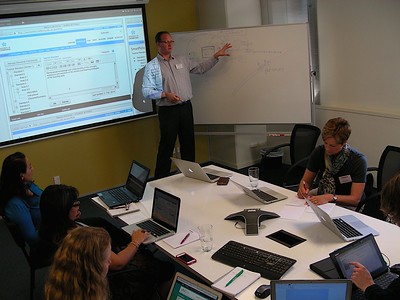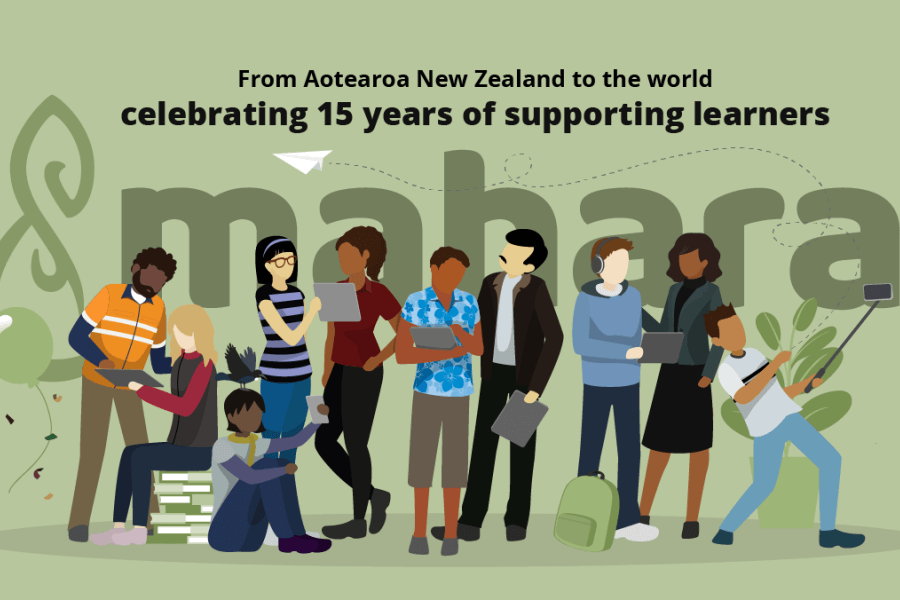Mahara – It takes a village
In this second part of our mini series on Mahara, we look at how features and other improvements make it into the software.
When the project started in 2006, a dedicated project team undertook the initial analysis, conducted research into personal learning environments, electronic portfolios, and usability. This work was and still is incredibly important because it laid the foundation for a number of concepts that are still used today.
After the project phase finished, Catalyst took on the responsibility of maintaining the software on behalf of the community. In the beginning this was done together with another company, Flexible Learning Network, who supported the strategic vision of the project. Since around 2012 Catalyst has taken on more and more responsibilities, resulting in becoming the company that leads the development of the Mahara software and also manages the community.
One of the reasons we keep going is that the job isn’t complete. In that the education system still doesn’t value the individual student as it should. The education model is about getting thousands of bums on seats and churning them through the system. It’s not the fault of the institutions, it’s just how the financing works. It doesn’t necessarily create the creative, confident learners that we need in our businesses, in our communities. So there’s still a job to be done here, and Mahara is working with institutions to get that change to take place.
While Catalyst does the majority of the development work, we don’t come up with new features and changes to Mahara in a vacuum. Together with our clients and the wider community, we learn what students, educators, and professionals looking to use portfolios want to see in a contemporary ePortfolio platform. Through a joint effort, either by our clients commissioning changes or other community members contributing improvements themselves, does the software evolve.
For example, the idea for SmartEvidence, our representation of a competency framework in Mahara, was born out of a presentation that Misty Kirby and Shane Nuessler from the University of Canberra gave at the first Mahara Hui in Te Whanganui-a-Tara Wellington in 2014. A group of us then got together on the community day during Mahara Hui to consider more use cases and delve deeper into the idea of bringing competency frameworks to Mahara:

This eventually resulted in a business analysis project where we worked with the University on designing the final solution, which was then implemented by Catalyst in 2016.
Other clients supported research into simplifying workflows in Mahara and making it easier for portfolio authors to create and maintain their work. That included, for example, the support of instructions on pages, better templating options, easier editing, and re-arranging of navigation menu items, to name but a few.
Over the years, lots of people and organisations have participated in making Mahara what it is today. They all are contributors, not only the software developers. We celebrate them with every release of Mahara as it takes a lot of people to develop the final product, support the community, and maintain the project infrastructure.



